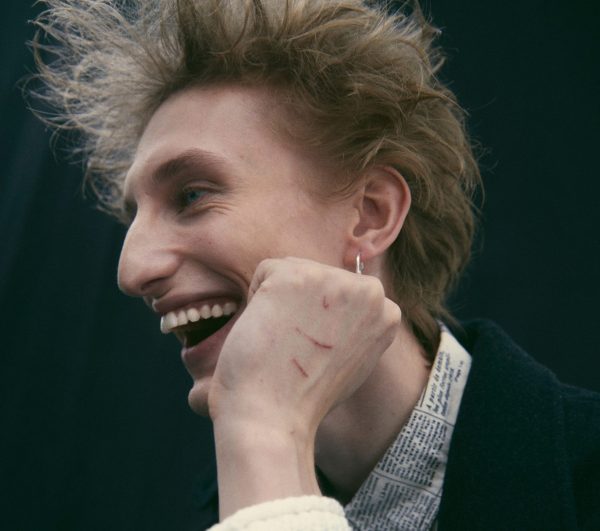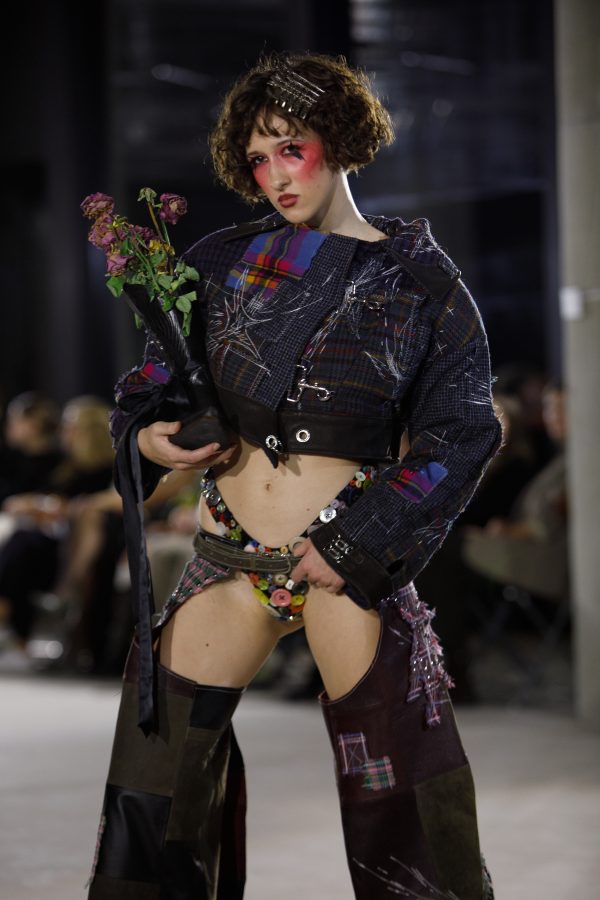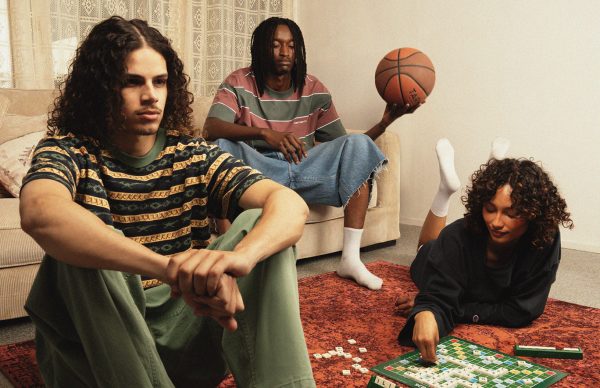
In the world of luxury design, few names resonate as deeply as Montblanc. Known for its timeless craftsmanship, Montblanc has defined elegance and sophistication across multiple generations, from its iconic Meisterstück fountain pen to its leather goods and accessories. Leading this creative vision is Marco Ettore Tomasetta, the brand’s dynamic Creative Director.
With a deep appreciation for art, design, and history, Marco has helped shape the Montblanc aesthetic, ensuring its legacy endures while pushing the boundaries of innovation. As the Meisterstück celebrates its centennial anniversary, Marco reflects with Schön! to discuss the balance between tradition and modernity, global design influences, and the future of Montblanc’s creative journey.

The Meisterstück fountain pen is often regarded as a status symbol and a timeless accessory, celebrating its 100th birthday this year. How do you balance preserving its traditional design elements with incorporating modern features to appeal to contemporary users?
When I joined Montblanc, it was instantly obvious that the Meisterstück is a powerful source of inspiration, and my mission has been to explore all this writing instrument has to offer creatively. When working with an icon like the Meisterstück, you don’t want to tamper with it or change it significantly because its design is already perfect, making it timeless and always in style. While the classic Meisterstück does not change, we have certainly used it as a canvas over the years, infusing it with bold colours and textures and partnering with cultural figures to create a contemporary take on it.
It might seem surprising, but the ‘modern’ features that we introduce often come from our past, reinforcing the Montblanc idea that heritage can in fact be innovative. Through my ongoing dialogue with our archives in Hamburg, I always discover something new within Montblanc’s design history. For example, the coral, green, and blue versions of the fountain pen from as early as the 1920s deserve to be brought back to life again—bold colours that feature across product categories for the 100th anniversary of the Meisterstück.
Montblanc has a rich history intertwined with the arts. How does art inspire your designs, and vice versa?
I am passionate about many different art forms. I was trained in sculpture, an art form that has always informed my quest for beauty and perfection. The discipline of sculpture taught me how to achieve the right proportions and balance design elements—not too many, not too few. When you look at a beautiful statue or an iconic object like the Meisterstück, you see that it doesn’t need anything added or subtracted. This is what I work to achieve with my designs.
The artistry of classic Italian cinema has always been part of my life, and I find inspiration in the works of great masters like Fellini. Cinema is a form of creative storytelling, through visuals and words spoken. That brings me back to my passion for writing, something I have done since I was a boy and increasingly incorporate into my creative process. I feel that design is not very far from writing: when I design a product, I tell a story and decide the personality of the product and who might use it.
Designing for a global audience can be challenging. How do you ensure that Montblanc’s designs resonate with diverse cultures and tastes?
At its core, Montblanc is a cultural brand and the Meisterstück is a global symbol of writing culture. To me, it is like a passport: I can access and experience every culture through this object because writing is universal, yet it also has distinct local expressions. This world of writing is the ideal starting point for creating designs that translate across borders and languages. Leather detailing in the shape of a fountain pen’s nib, a pochette inspired by the layers of an envelope, a light-to-dark sfumato effect on leather that looks like ink diffusing into paper… These details capture the beauty of writing, a sentiment that unites all cultures. But I also travel a lot, during which I actively observe how Montblanc is perceived and used around the world. I find a balance by meditating in the archives and then going out into dynamic cities like London, Shanghai, New York, and Tokyo.
Montblanc’s products often become cherished heritage. How does this legacy influence your approach to design longevity?
It is certainly part of my mission at Montblanc to create lifetime companions that can be handed down through generations. Therefore, my goal is to create timeless pieces and campaigns that express personal identities and connections above all, and that can be combined with trends without being driven by them. Just as the Meisterstück is an iconic object and writing with it is an established ritual for many people across generations, I want the leather collections to carry a similar feel and aesthetic: pure, elevated, part of one’s rituals in life. I also believe this is what Montblanc customers are looking for: pieces they can keep for a long time and not replace with another. These are highly personal pieces that generate emotional attachment, so longevity is essential.

Montblanc has expanded beyond writing instruments to include leather goods, watches, and accessories. How do you maintain a cohesive brand identity across diverse product lines?
Everything I design has a red thread that leads back to our DNA, particularly our heritage in writing culture, which is so unique to us as a Maison. I continue delving into our archives and try to understand the origins of the Maison, its development, and its identity. As I mentioned, the Meisterstück was chosen as the main source of inspiration—partly because it is an icon and partly because it embodies the design codes that are singular to Montblanc. These codes can be reinterpreted by our craftsmen across categories, from leather to watches to a pair of headphones.
Ultimately, I want to create a universe of products that have real meaning to our customers and fit effortlessly into their everyday lives. To live up to this ambition, I have recently designed Montblanc’s first-ever desk to represent the creative yet very personal space that is part of people’s daily lives and often a reflection of themselves. It is a space that I feel Montblanc products inhabit naturally, where they come together to become part of someone’s story, as it is written, as it unfolds.

For those eager to explore the latest creations and follow Montblanc’s evolving story, be sure to visit Montblanc’s platforms for exclusive updates and new releases that continue to redefine timeless elegance at montblanc.com.
words. Dave Lantinga





















































































































